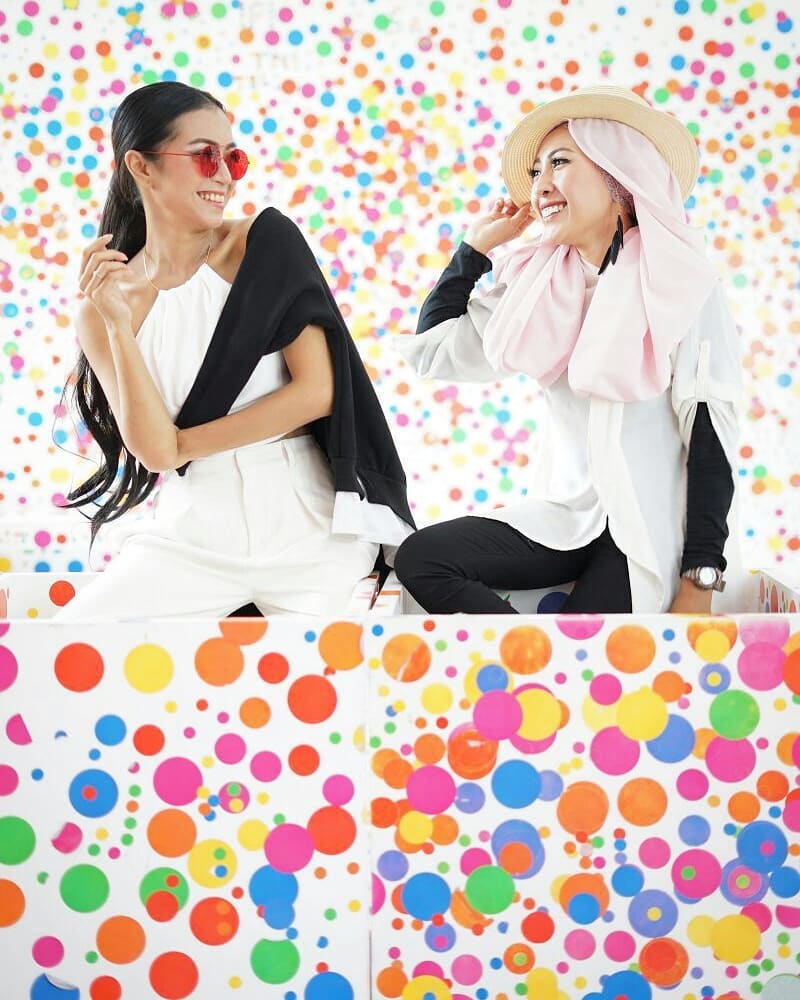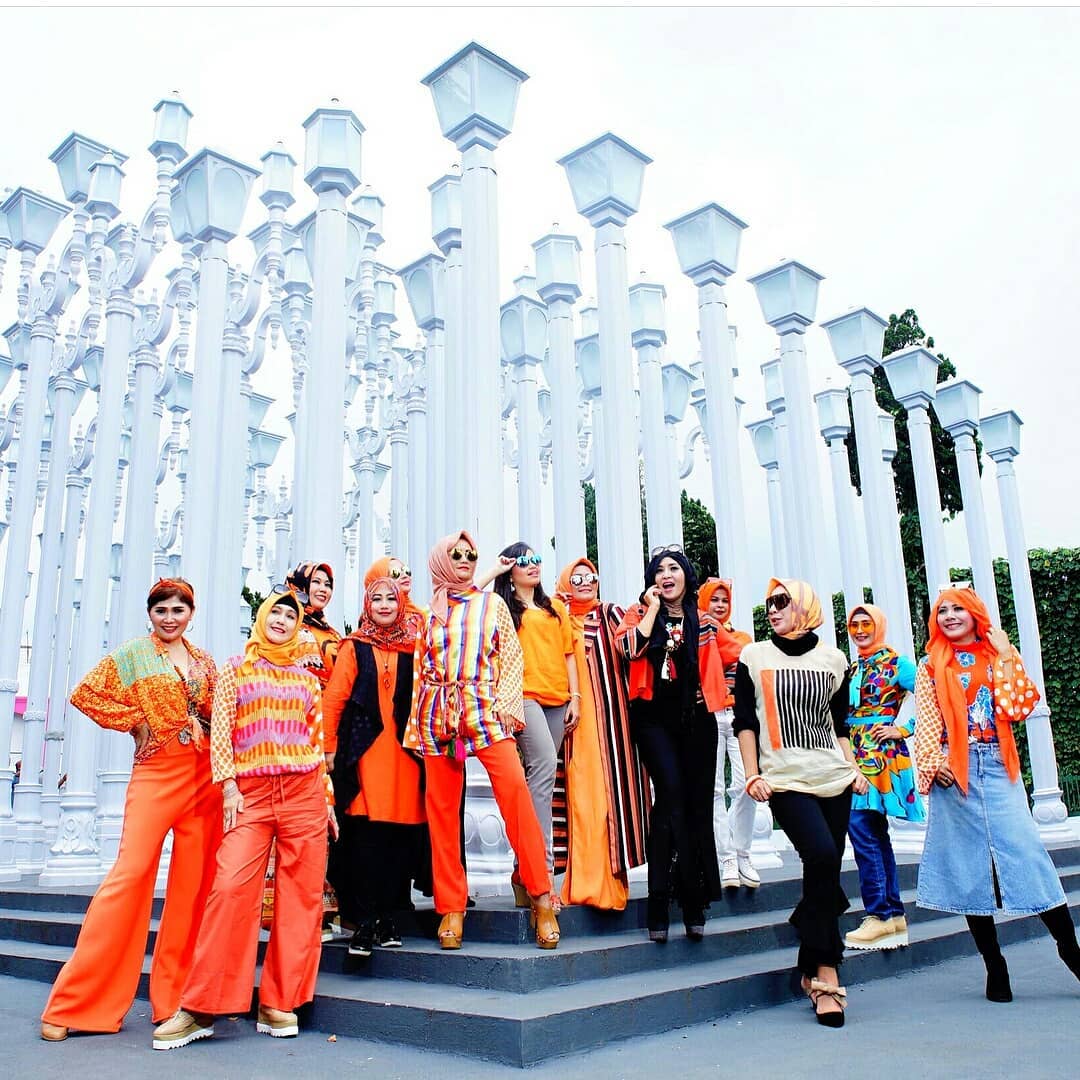
Is this theme park copying Yayoi Kusama and Chris Burden?
It's hard not to pick up on two fine-art precedents in Indonesia's hot new selfie hotspot, Rabbit Town
You don't need a degree in critical theory to enjoy Rabbit Town. The newly opened Indonesian theme park in Bandung, West Java, advertises itself as a selfie venue more than a fine art destination, and entertains visitors young and old with ball pits, Disney-style costumed greeters, ice cream and live music, as a well as a bunch of engaging backdrops which look pretty good on Instagram.
However, those familiar with major figures within the contemporary art may have a more nuanced understanding of Rabbit Town's inspirations.

For example, the venue's Love Light installation – a thicket of antique-looking street lamps – looks a lot like US artist Chris Burden's 2008 Urban Light at Los Angeles County Museum of Art.
Burden's version consists of 202 vintage LA street lights – dating from the 1920s and 30s – which the artist bought, restored and eventually had installed beside LACMA. It's unclear whether Rabbit Town's Love Light has quite the same pedigree.
Meanwhile, Patricco’s Sticker Room, another Rabbit Town attraction, bears more than a passing resemblance to Yayoi Kusama's Obliteration Room, an installation the acclaimed Japanese artist first created for an Australian gallery in 2002, and has subsequently recreated around the globe. Kusama's version allows gallery goers to take part in her dotty artistic practices, by covering an otherwise white room with colourful round stickers produced by the artist. It's unclear whether Rabbit Town acknowledges this fine-art precedent in its white, stickered room, or offers the same level of interactivity.
While we can't help but admire fine art – even ersatz fine art – finding its way into so popular a setting, Rabbit Town does seem to echo the old adage that a little knowledge may, in this case, be a dangerous thing. For a deeper understanding of Yoyoi Kusama's work get this book; for more on Chris Burden get Body of Art; for a great primer on contemporary art get Defining Contemporary Art; and for more on site-specific works, get Art & Place.